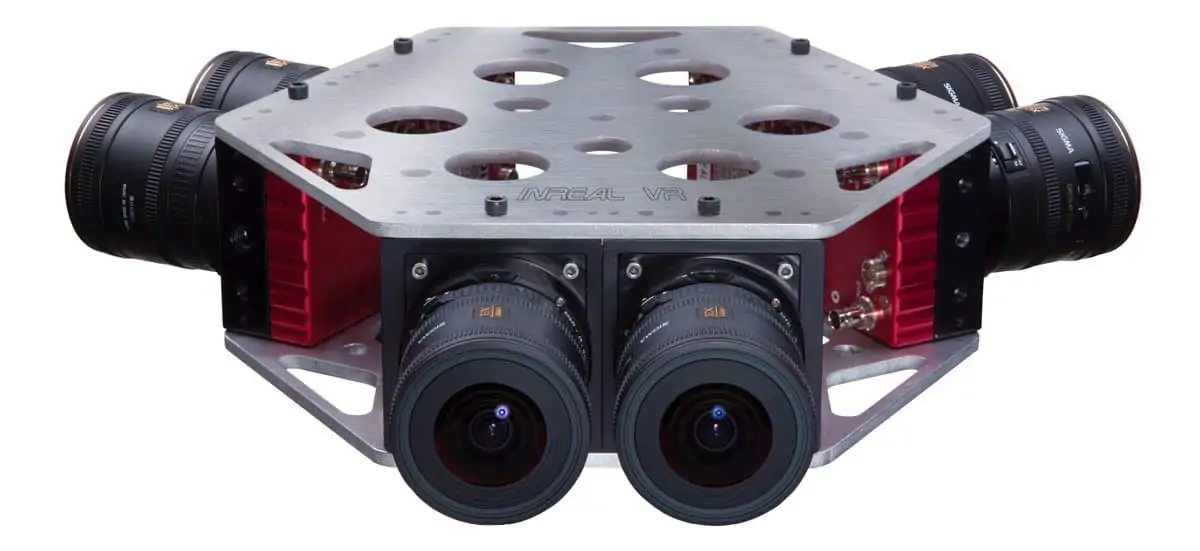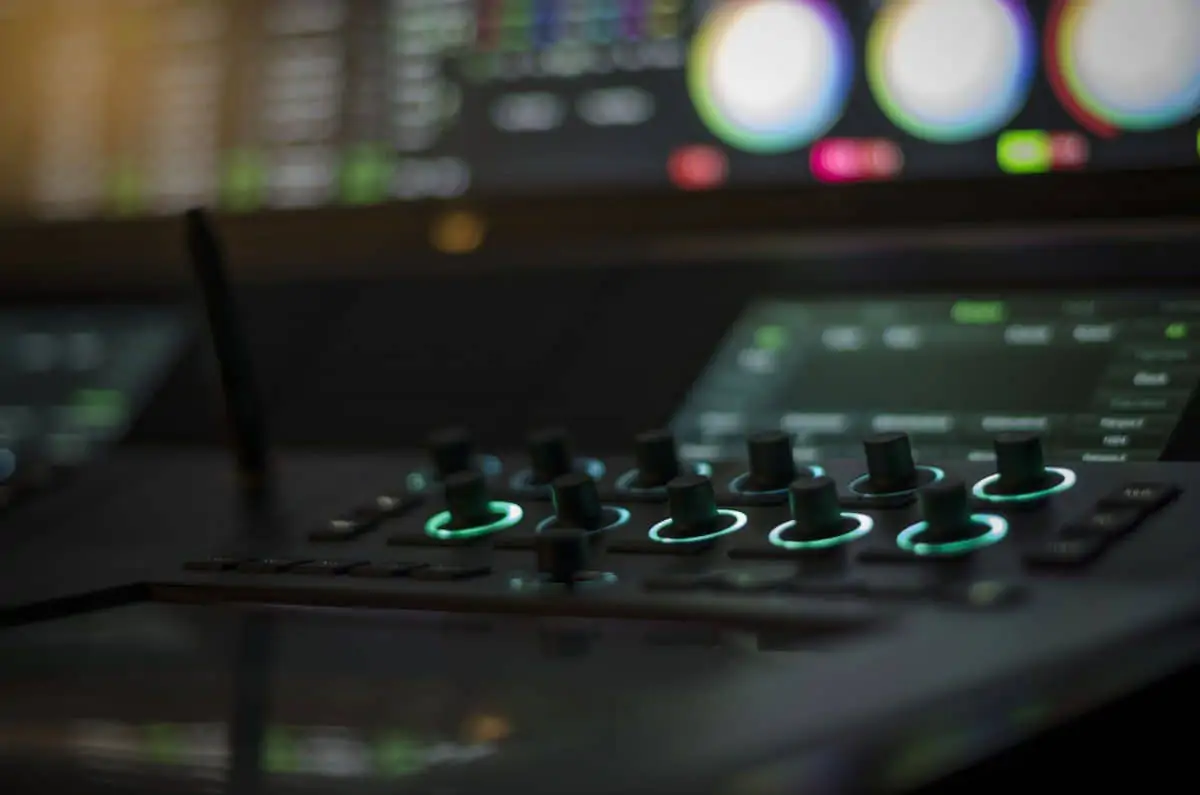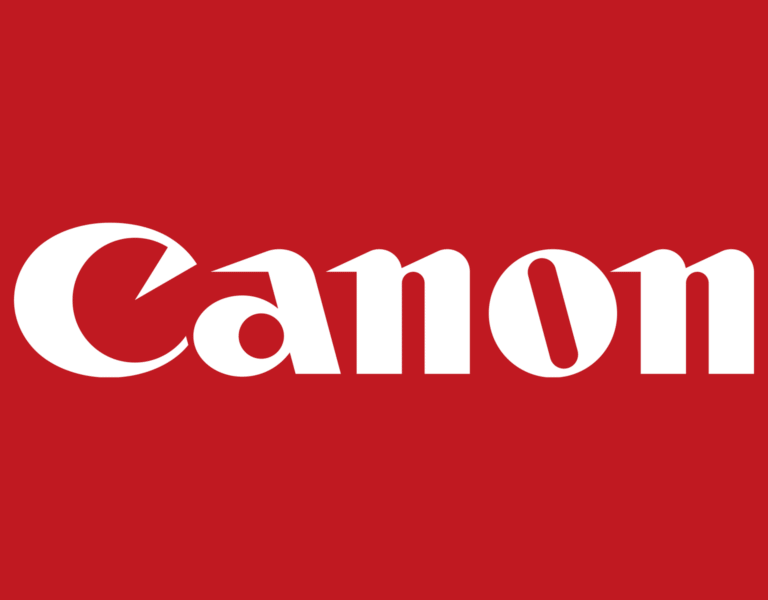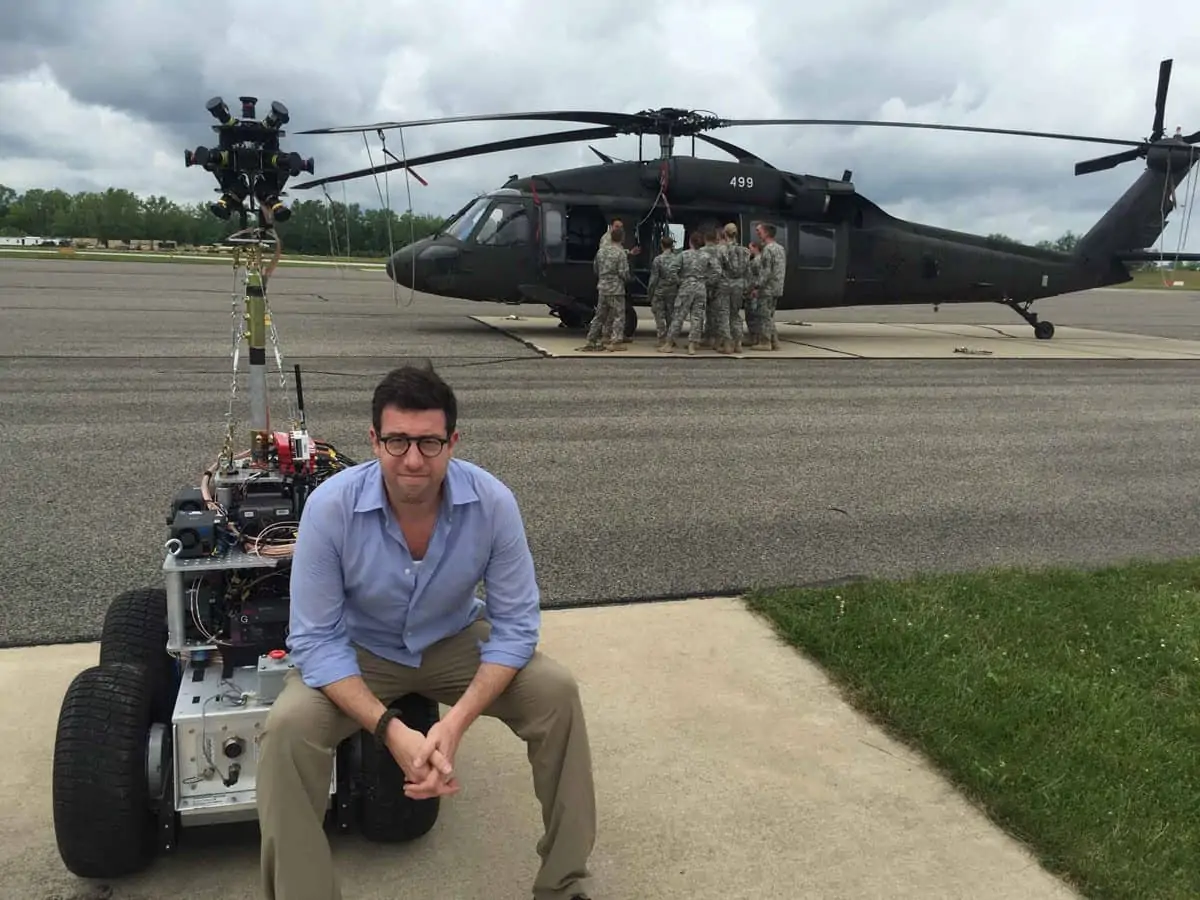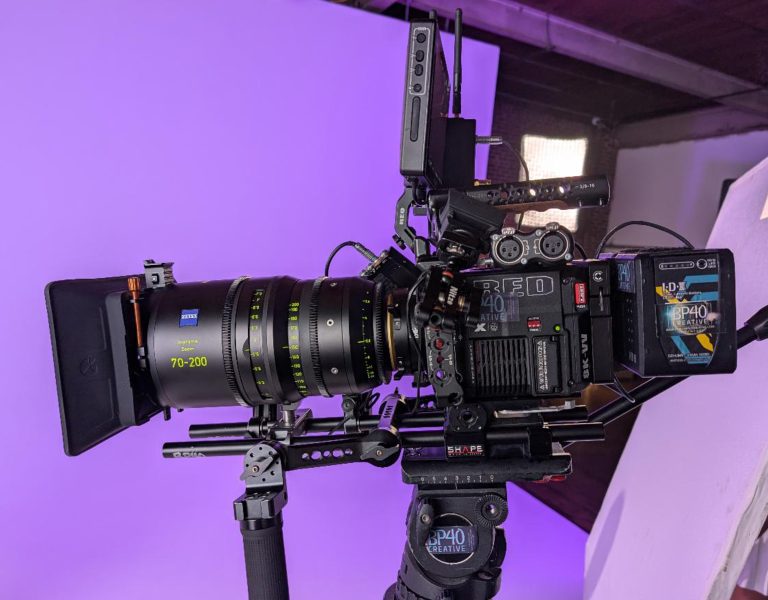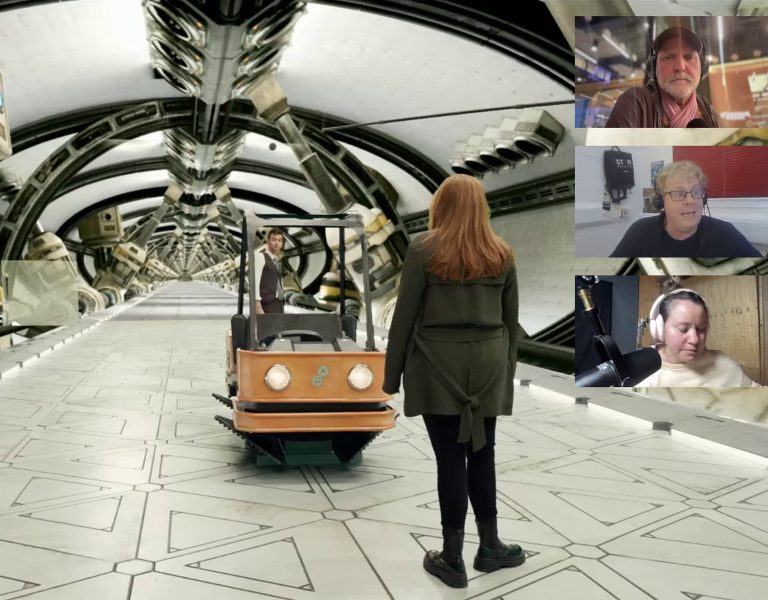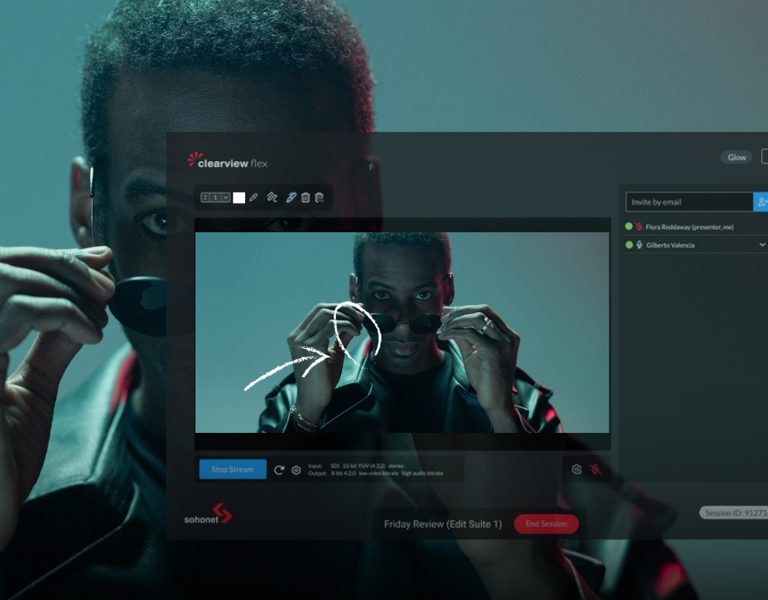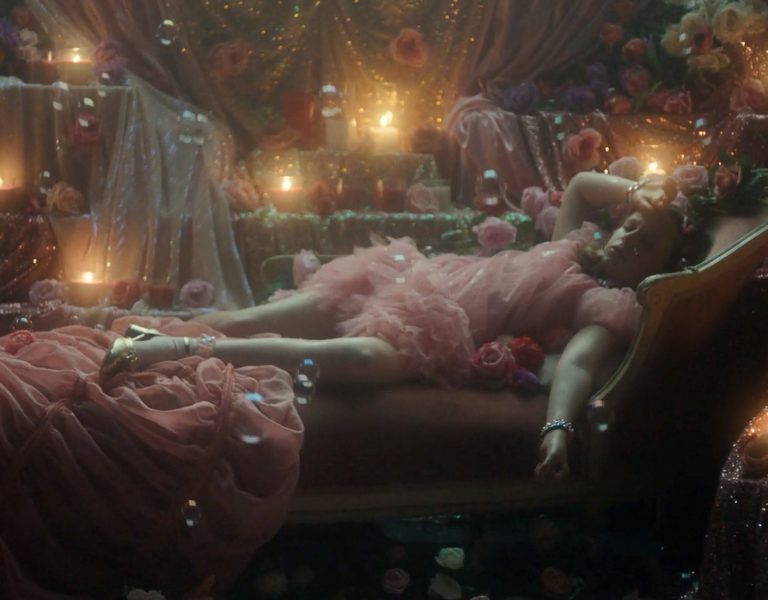As it is one of the most difficult treks on the planet, not many are willing to climb to Mount Everest’s summit and face altitude sickness, high-speed winds, and the possibility of major avalanches along the way However, Amsterdam-based production company VR Explorers, didn’t just set out to reach the top, they also became the film industry’s first-ever production team to capture virtual reality (VR) footage at roughly 8,848m above sea level.
Led by filmmaker and post-production artist Przemek Siemion, the VR Explorers’ team joined Irish adventurers and guides Noel and Lynn Hanna on a quest to capture cinematic VR in one of the world’s most extreme environments. Siemion’s crew aimed to capture the summit as well as the overall journey for viewers.
“Other VR companies have tried before, but they failed. This was our big challenge,” explained Siemion. “Luckily, our production company had experience from a previous film on Mount Everest, so we knew what the climb and conditions would be.”
The team started its expedition in Kathmandu, Nepal, before flying to neighbouring peak Lhotse and driving to a base camp at 5,000m. Once there, a group of 16 climbers and 30 Sherpas spent six weeks acclimatising to the elevation by travelling up and down the trails from base camp – going a little further each time.
The equipment had to be especially robust to perform at that kind of extreme elevation. Knowing previous expeditions with larger cameras had failed, VR Explorers put together an innovative, lightweight kit. The crew relied on GoPros, monopods, sound equipment, Litepanels LED lights, computers and cards – plus Anton/Bauer Cine 90 batteries and the Performance Quad charger.
“Because of the harsh conditions, we had to scale-down on the weight of our kit and we knew that mobile power would be a challenge,” explained Siemion. “That was why we used Anton/Bauer. The Performance Quad Charger performed great and we had no problem charging the batteries in these conditions. Not to mention that the Cine 90s were smaller and lighter weight, so it was really easy to pack and plan our rig around it. It was so convenient and we used them for everything.”
In addition to being able to power the kit to the summit, Siemion found that the Cine batteries were robust enough to power their other equipment. He ended-up preparing special plates that enabled him to charge all of his gear with Anton/Bauer Cine batteries, including the cameras, audio equipment and even his iPhone.
“We also took the batteries we used on our last trek, but they just didn’t perform and they couldn’t charge from the solar-powered generators we were using at base camp. The Anton/Bauer Cines were the only ones that worked and really saved us.” The VR film is planned for release in early 2017.




